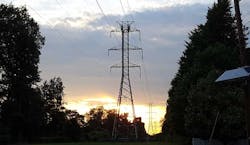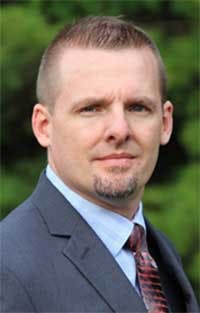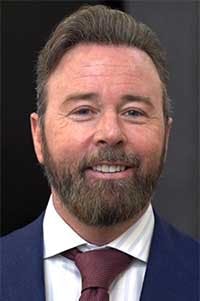Beyond the Grid: The Role of Data Centers in the Future of Power
As power grids are modernized, data centers are likely to become key players in new energy ecosystems that combine multiple generation sources – including renewable sources like wind and solar – as well as energy storage. That’s the view of our DCF Data Center Executive Roundtable, as we round up our panel with a discussion of how digital infrastructure builders can best manage power constraints and sustainability concerns.
Our panelists include Ryan Baumann from Kohler Power Systems, Rhea Williams of Oracle and Infrastructure Masons, and TMGcore CEO JD Enright. The conversation is moderated by Rich Miller, the founder and editor of Data Center Frontier. Here’s today’s discussion:
Data Center Frontier: A number of regions are facing limits on utility power availability for large users. What are the best options for data centers to operate and grow in power-constrained markets?
RYAN BAUMANN, Kohler Power Systems
Ryan Baumann: Our goal to create a resilient power delivery system that focuses on the future, and considers new energy sources that must be coupled with the power of today. Combining traditional sources, such as nuclear and hydro, along with sustainable regional systems of solar, wind, fuel cells and battery storage will be needed to deliver robust power with a refreshed and bolstered power grid.
Bringing together our current power system, the macro-grid, and joining with site microgrids (wind/solar/fuel cells/back up sources) designed to support one another can help support the power constrained regions as well. Bearing in mind, nearly every data center is designed with an emergency backup power system, typically Tier 2 diesel generators sets, ready to serve power at a moment’s notice.
These generator sets built today are cleaner and significantly more efficient than their earlier cousins. Leveraging cleaner fuels, such as Hydrotreated Vegetable Oil (HVO) or natural gas generators in lieu of diesel, we can begin walking clear of fossil fuels. Emissions reduction strategies for the diesel backup power generators could allow the data center clients to run more frequently, if needed, during the grid constrained events to reduce the strain the data center is putting on the power network. Interruptible rate programs were a very common practice and may be needed again, while we continue to make our power consumption within data centers ever more efficient and strengthen the grid power.
JD ENRIGHT, TMGcore
John-David Enright: Quite simply, implement technologies that require and consume less electricity whilst still providing equal or better performance. Additionally, consider using infrastructure that can operate sustainably, and reliably, on alternative sources of energy, such as behind the meter applications on or near the generation source i.e., wind farms, solar fields, natural gas production, nuclear, geothermal, hydro, etc.
It’s understood this will require more CapEx initially for battery backups and generators to support N+1 and above operations, which is often the requirement for data center uptime commitments. What’s the real cost of being more environmentally sustainable? I believe this is still being determined.
RHEA WILLIAMS, Oracle and Infrastructure Masons.
Rhea Williams: I don’t think we have the option to solely grow in those regions. We will consume everything that is available over the next 12-18 months, and then we will have to explore alternatives. Second-tier markets and brand new regions will have to be developed.
Additionally, as an industry we have to re-evaluate how we not only consume, but produce power. This is an opportunity for us to be on the forefront of innovation when it comes to electricity and power generation. We will have to walk away from the grid in these markets, become more sustainable, and give back to the local communities.
NEXT: A recap of our 3Q 2022 roundup, including full transcripts of our Executive Insights.
Keep pace with the fact-moving world of data centers and cloud computing by following us on Twitter and Facebook, connecting with DCF on LinkedIn, and signing up for our weekly newspaper using the form below:
About the Author






